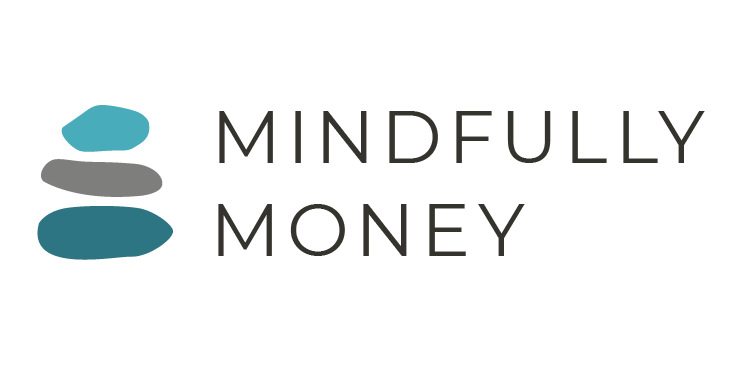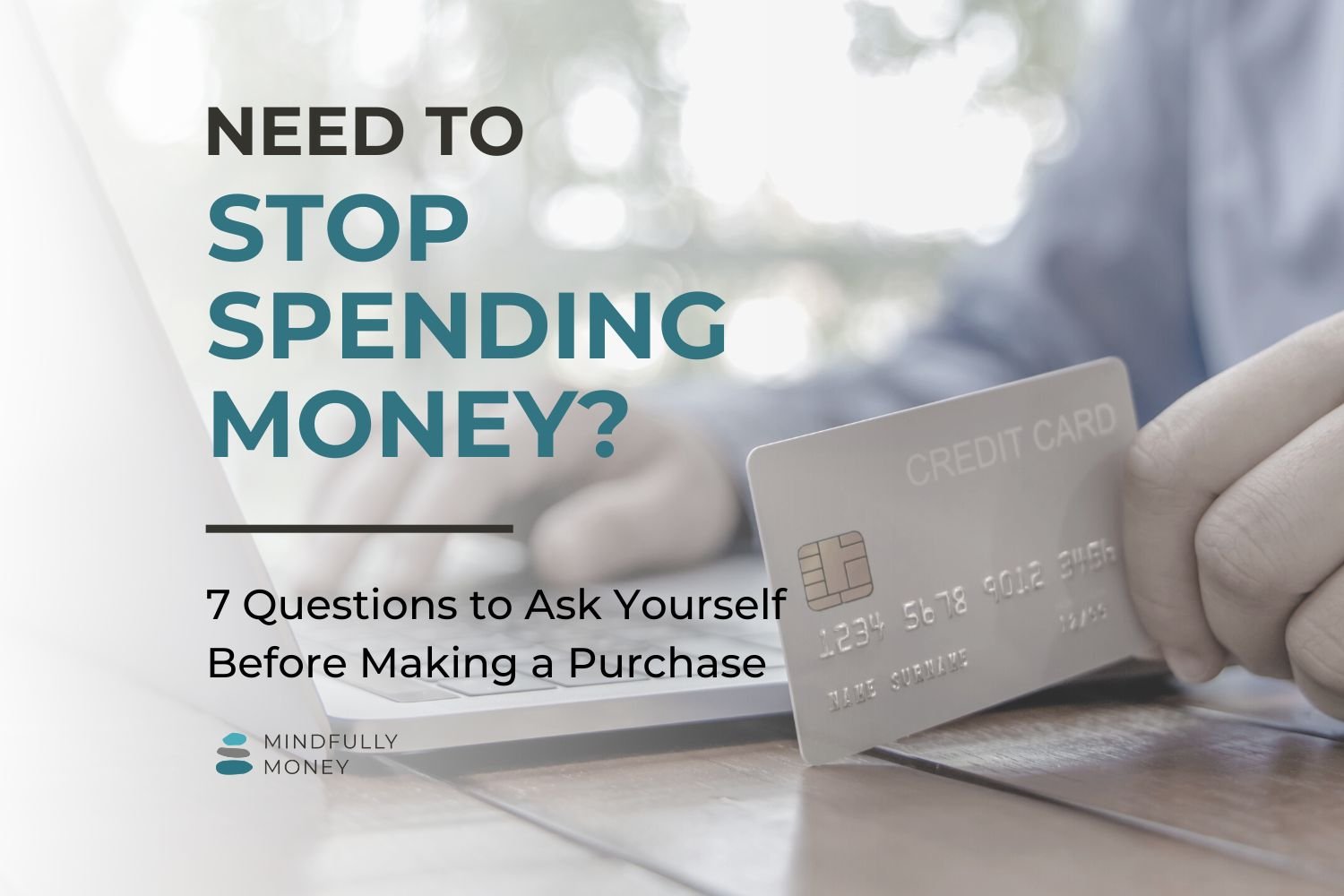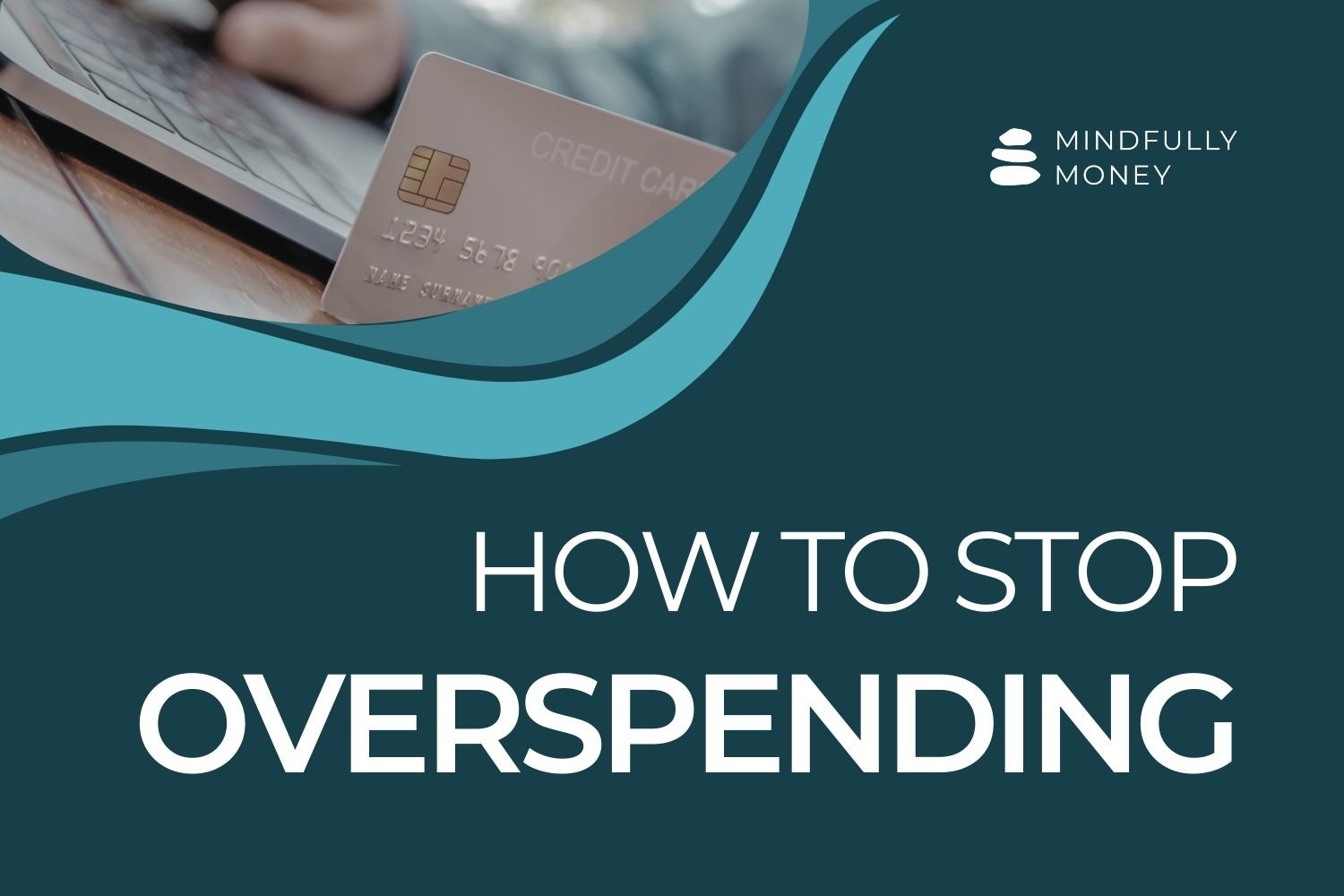How to Stop Wanting to Spend Money
Does this sound like you?
You’re at Target shopping for a few groceries and a few household items and you walk past the bags of chocolate-covered pretzels. You stop. You know you should be saving more money. You know that you don’t really need them. You ask yourself, “do I really want those chocolate-covered pretzels? Yes, yes I DO.” Aaaaaand into the cart they go.
If this has never happened to you, then I must commend you for your iron will and assume that you are not actually reading this article.
The reality is that it is actually quite difficult to resist temptations. Our human brains are primed to pay attention to our immediate desires. It takes longer for our more reasonable thinking brains to catch up to the impulses.
I’m reminded of the Frog and Toad story “Cookies” by Arnold Lobel where Toad bakes cookies and Frog and Toad have trouble stopping themselves from eating ALL of the cookies. “We must stop eating these cookies!” Frog exclaims. What follows is a series of actions the two take to make the cookies more inaccessible, including putting them in a box, tied up with string, in a high place. Frog ends up throwing the cookies to the birds after Toad points out that they could still get the cookies out of the box and down from the high place.
Frog keeps saying that they need willpower, but of course hiding the cookies isn’t exactly using willpower. That doesn’t mean that using mental tricks doesn’t help though. I know when I hide the chocolate from myself, I’m much less likely to indulge. It eliminates the need for willpower.
Psychologists talk about willpower, the ability to overcome impulses, as a limited resource. When the resource is depleted, we are much more susceptible to giving in to temptations. Things like busyness, stress, brain drain, fatigue, and low blood sugar deplete any willpower reserves we have.
We all know this is true. If you think about it, the times when you’re most likely to make impulse buys are likely times when you’re tired, hungry, or emotionally drained.
Any parent of young children knows that you only have so much self control when you’re constantly sleep deprived and dealing with the constant demands of parenting. Your brain simply doesn’t have the capacity for things like impulse control.
That’s why, as in the Frog and Toad story, taking away the temptation (or making it more difficult to access) is one of the most effective ways of reducing impulse buys.
This might look like:
Avoiding stores that tempt you
Reducing the number of times you visit stores that tempt you
Giving yourself less time by going to the store right before you have to be somewhere else
Taking only cash to the store so you can only spend so much
Deleting the saved credit card information from online accounts
Unsubscribing from store emails
These are all tricks to make it harder to give in to the impulse in the first place.
But what about when you can’t avoid the temptation? Sometimes you have to go to the store and you can’t exactly hide the tempting items as you’re navigating the aisles of Target.
That takes true willpower.
It requires finding some way of overcoming your initial impulse and engaging that slower, more reasonable part of your brain.
One way to do this is to identify times and places where you tend to give in to impulses. Take note of where you are, how you feel, who is with you, the time of day, etc. Many of us immediately know where our temptations are (hello Target!), but if you don’t, take some time to write down every time you purchase something. You will likely start to see a pattern.
Then identify some ways you can reduce or eliminate the circumstances. We’ve all likely heard the advice to not shop for food on an empty stomach, and in fact, this is good advice. You could also:
Identify alternative stress relief activities for when you go shopping as emotional therapy.
Shop in the morning when you’re more rested and haven’t used up your willpower for the day.
Go shopping without your kids.
Shop for groceries at an actual grocery store instead of Target.
Tell yourself you can get the item next time you’re there (maybe you’ll forget).
It is helpful to identify the underlying need or emotion that you are fulfilling when you make an impulse buy. Is it hunger? Comfort? Chocolate cravings? Caffeine?
How can you make a plan to fill these needs in other ways? Maybe it is going for a walk instead of shopping to fill time. Having a cup of coffee at home before you go somewhere. Keeping a stash of candy at home.
But the reality is, that sometimes those things are just not going to work. They could help reduce spending, but if you really want something, you’re likely going to get it. Because why not? You should have enjoyment in life.
And indeed, if you have the money for impulse buys and they make you feel better about life, I’m not going to tell you to stop.
If you feel like it is a problem, however, the best way to actually overcome temptations is to identify something that you want more than whatever item is in front of you at the time.
This is true of any goal. If you want to change habits or complete a project, you have to overcome the very strong desire to watch Netflix or peruse social media. What you want to achieve has to be greater than the immediate temptation.
When it comes to money, many people make the mistake of not having financial goals at all or not making their goals clear enough.
You must be able to visualize a desired goal in a way that makes it more powerful than that thing in front of you that you want to buy right now.
For example, let’s say your goal is to buy a house. Yes, buying a house is pretty exciting. But when you’re in the store thinking about a purchase, thinking about saving for a house is not that exciting.
You have to make it more exciting. Start by imagining the things you want in your house and how those things will make you feel. Maybe you dream of having a place where you can garden and entertain friends in your yard. Maybe you’re imagining a place where your kids can run wild without disturbing the people living on the floor below you. Maybe you’re dreaming of having more space for a home office or workout area.
Spend some time envisioning what it is about having a home that excites you. Close your eyes and visualize your future self doing those things. Really feel what it is like to have your new home.
You can do the same thing with retirement. It’s so easy to put off saving for retirement because it’s so far into the future and you don’t feel connected. Retirement is too abstract to motivate you to save. So you have to bring it closer.
Envision what you want your retirement to look like. Do you want to travel? Sell your home and move somewhere else? Have time to volunteer? Keep working but do what you want instead of what someone else wants? Finally write that book? Of course much is unknown, but most people can come up with at least a few ideas of what they’d like.
When I think about retirement, I envision going for walks and hikes, having afternoon tea, spending time with grandchildren, and having time to travel.
Once you have your ideas, it helps to put reminders where you’ll see them regularly. Many people find it helpful to create a vision board to really motivate them. I’ve also heard of people putting post-it notes with reminders on their credit cards or writing their goals at the top of their shopping list. This way you’ll be reminded when you’re in the moment.
Willpower is a practice. The more you do it, the easier it becomes. Help yourself out by creating systems and planning alternatives. Get really clear on your why and keep that why in the front of your mind. And if you mess up, forgive yourself and keep going.








